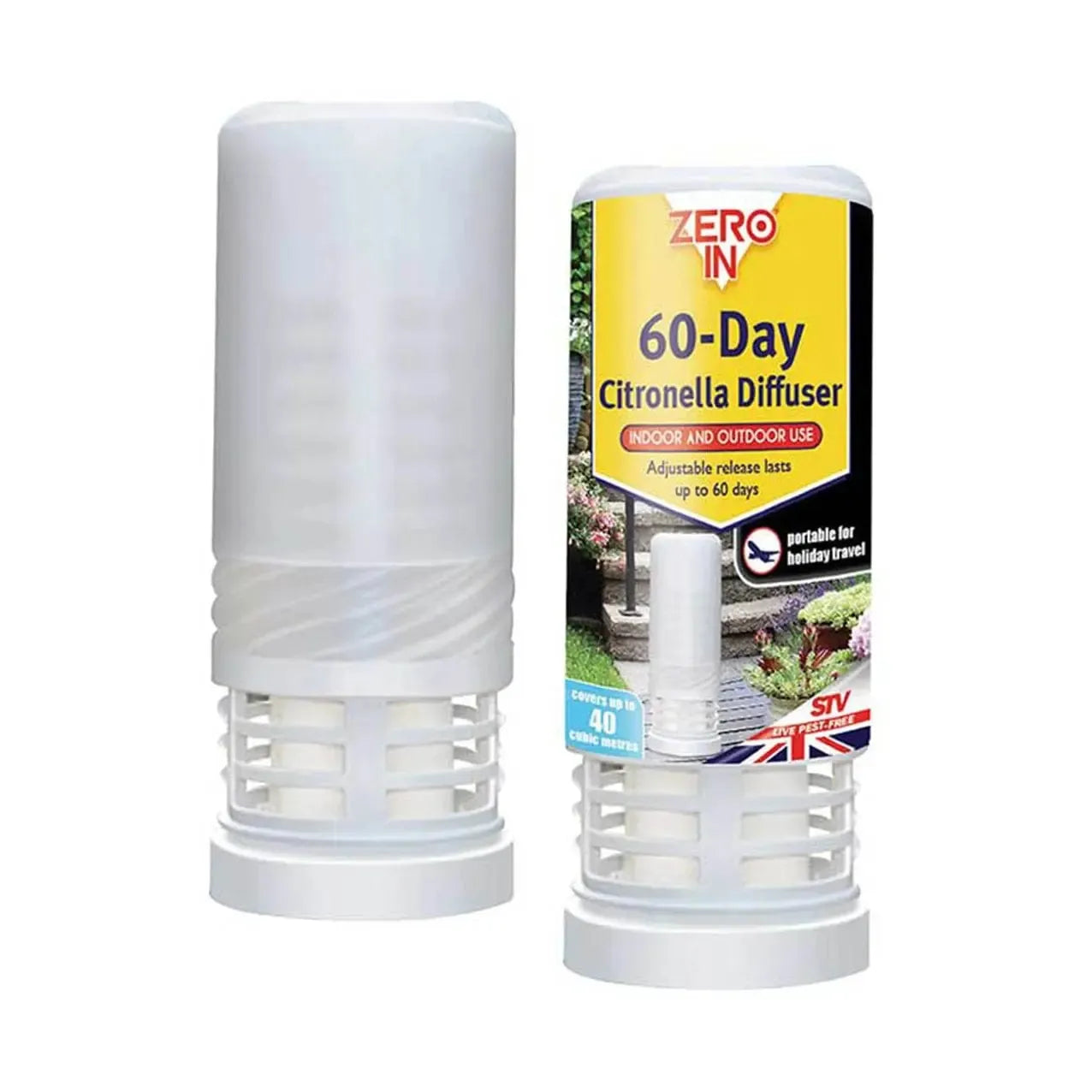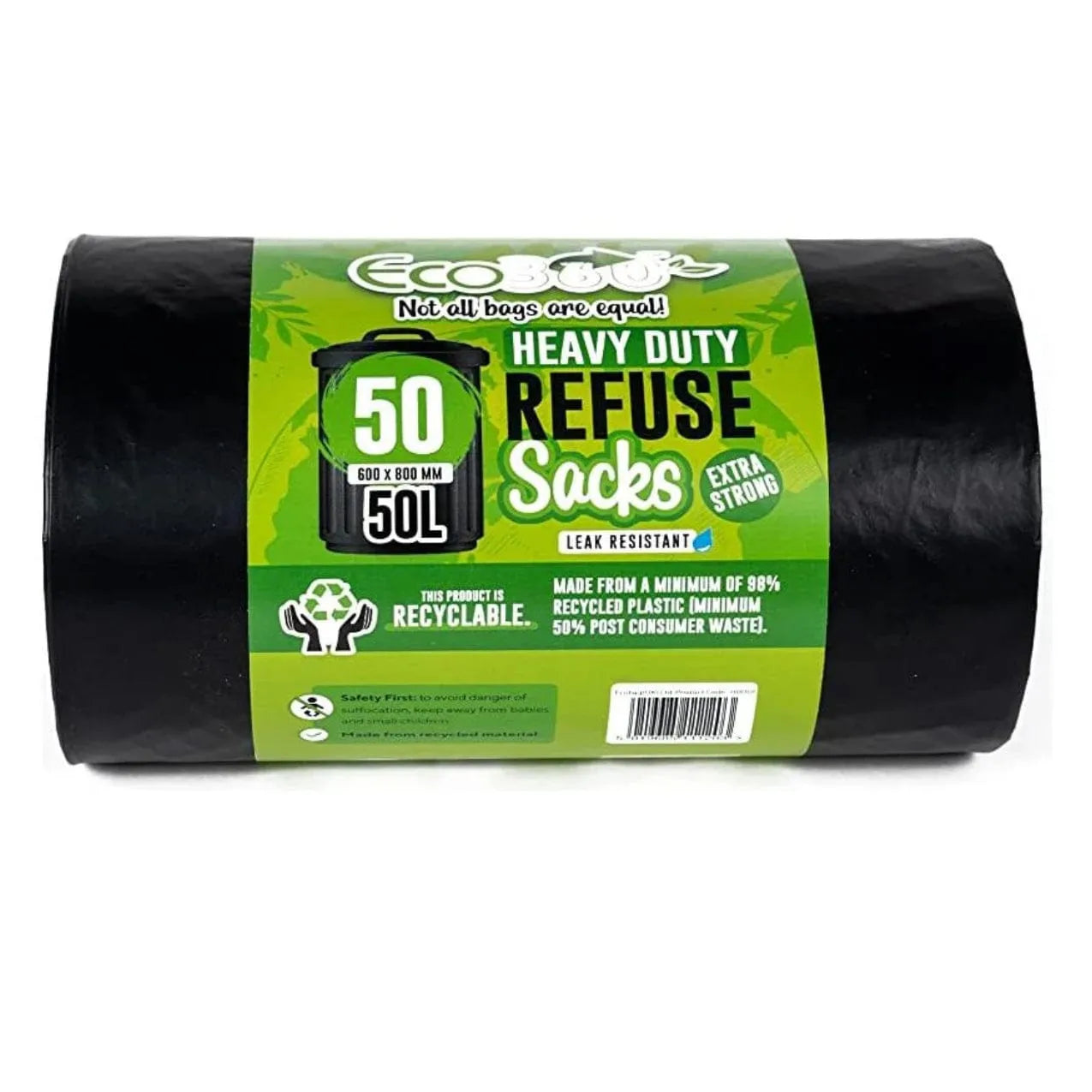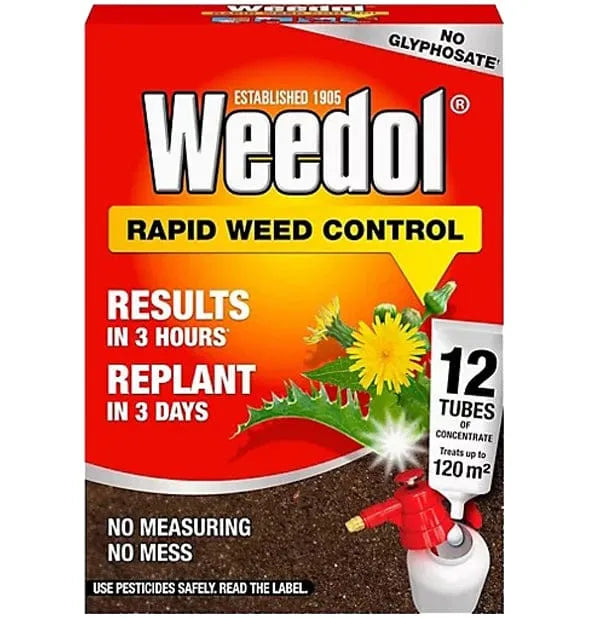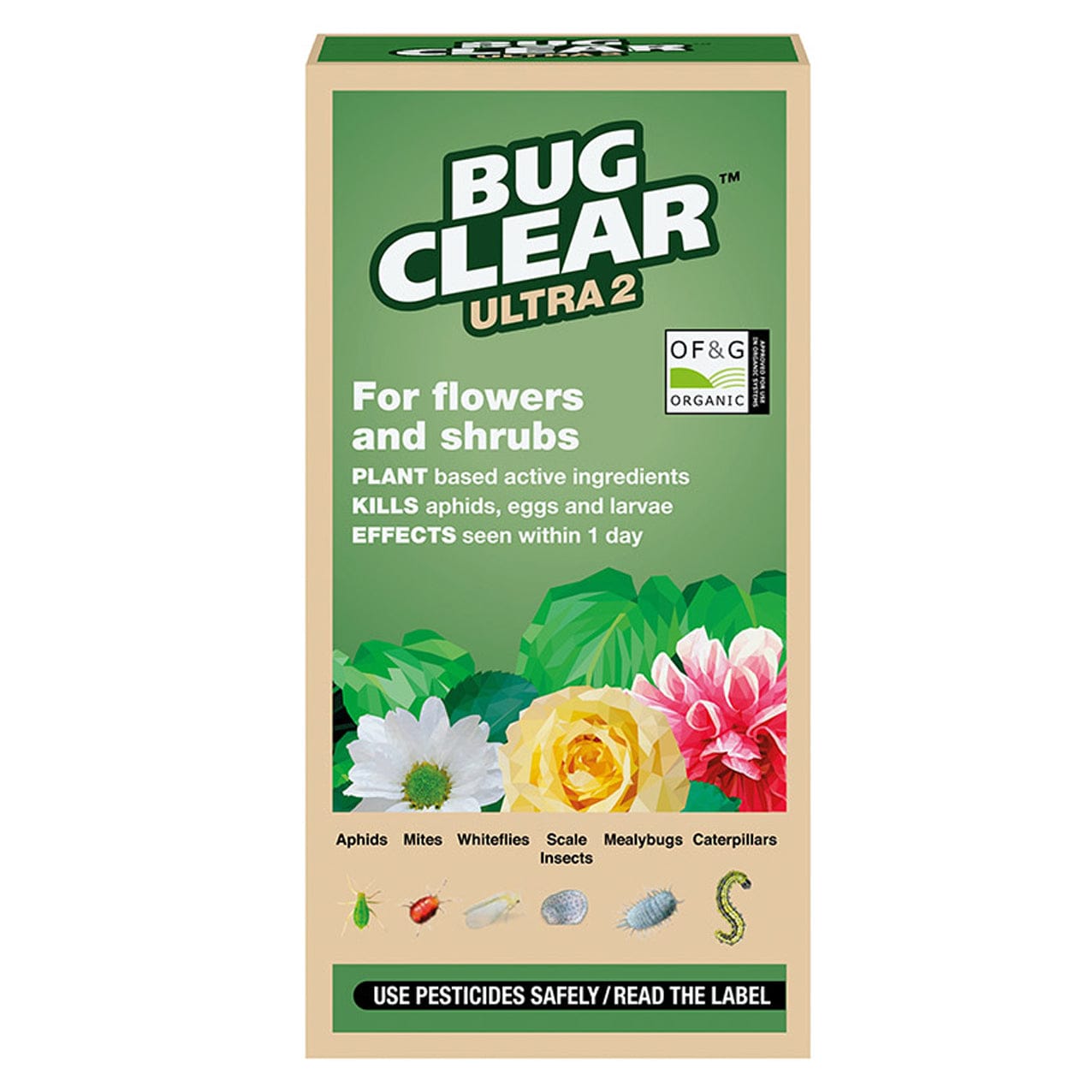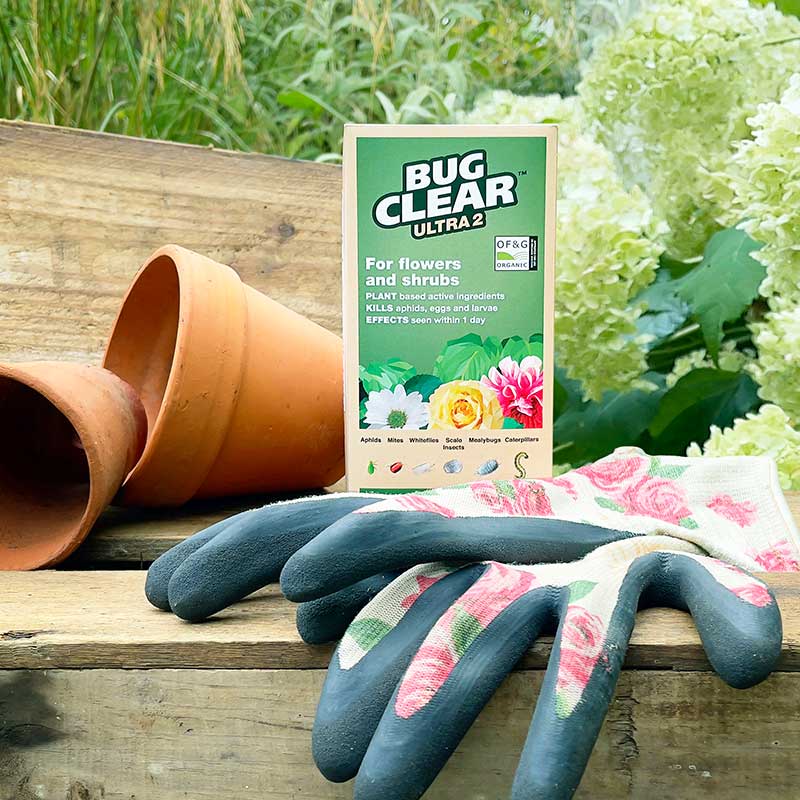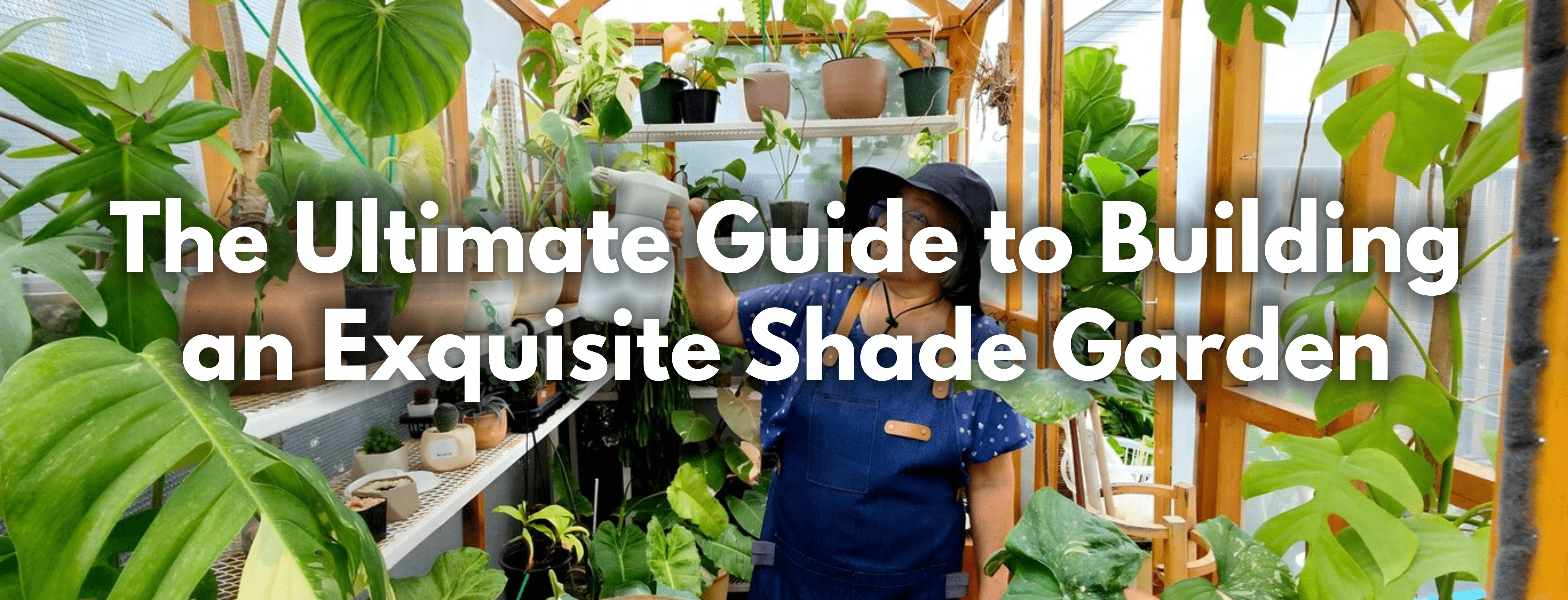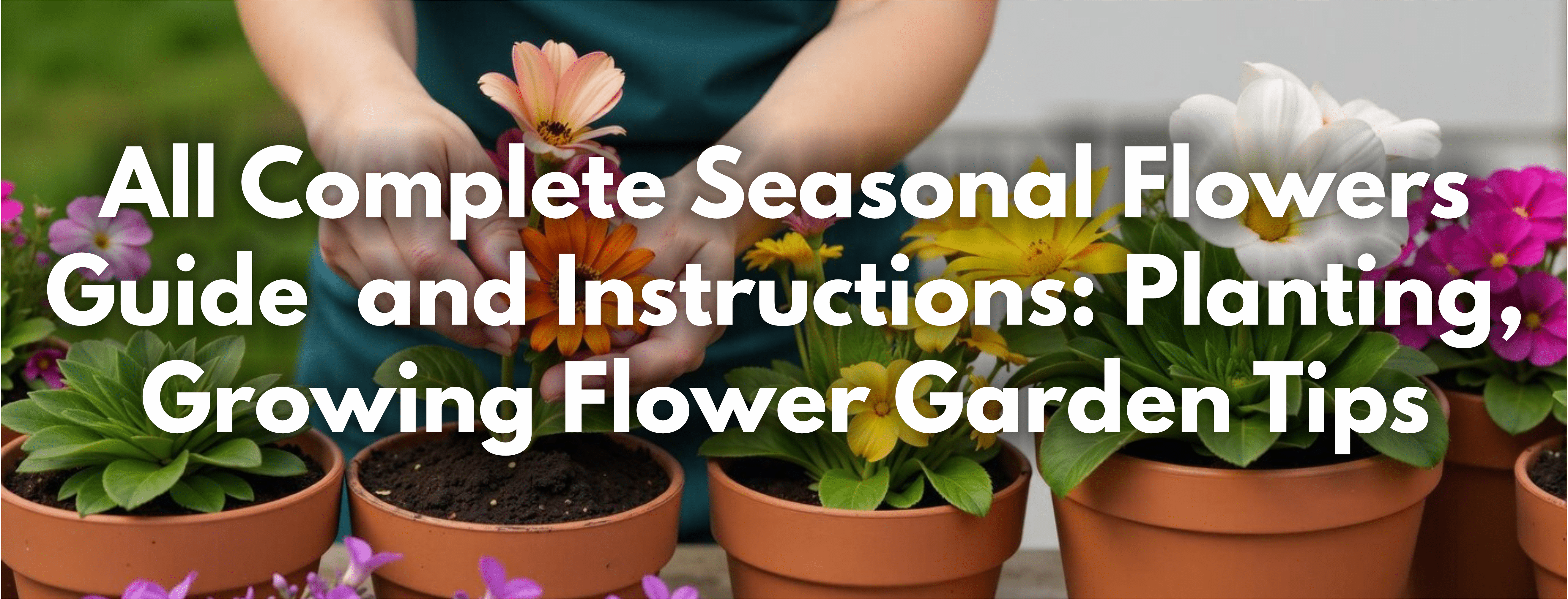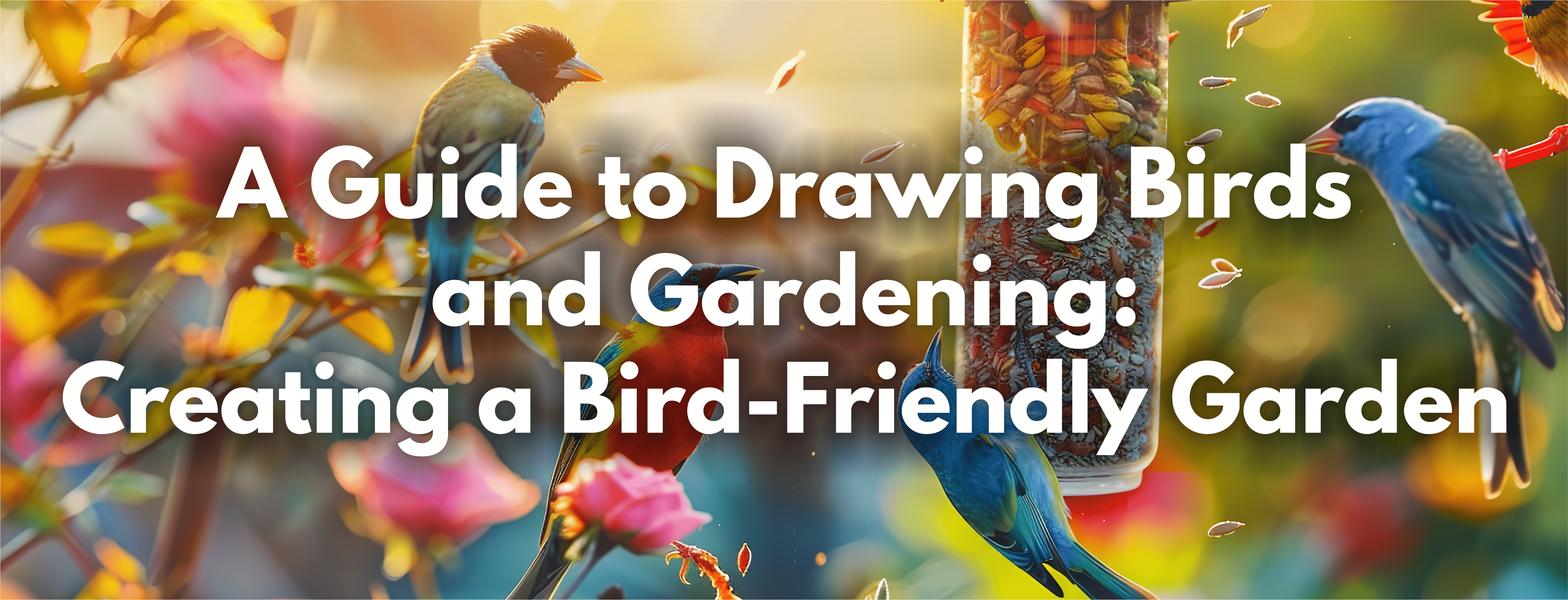The complete Guide to Community Gardening: Garden Projects and How to Get Involved
- 〡
- 〡 by Fitfit Garden
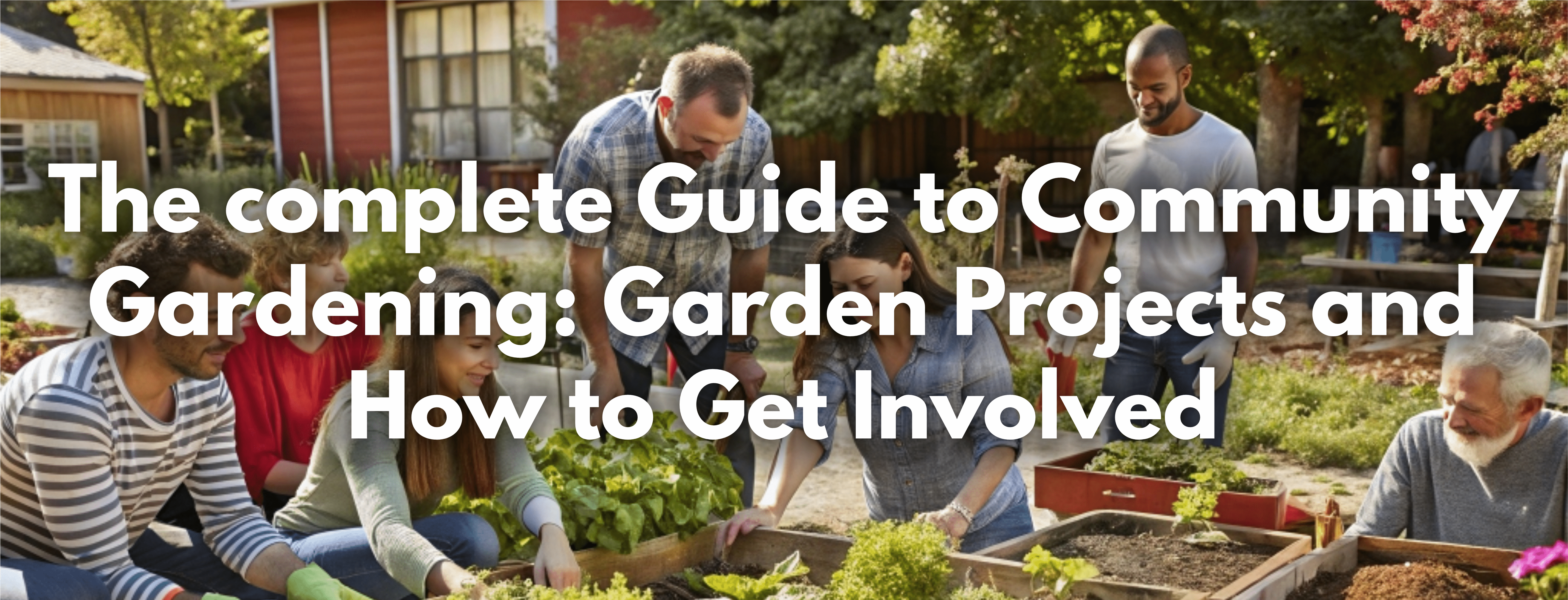
More than plants are grown in a community garden. It grows relationship, promotes sustainability, builds a green shared space in which the community gets united to be appreciated by everyone. Fit Fit Garden has come to guide through its basics of community gardening and projects of gardens as what it brings to the community in localities.
What is community gardening?
Grouping of several people would occur for planting plants, flowers, fruits, or even vegetables; community gardening happens in a city, village, or simply in the middle of nowhere but is usually coordinated by groups of people based in an area or just volunteers in the community.
Community gardening Benefits
- Sustainability Organic practice and reduced carbon footprint.
- Increased food security Fresh produce available to local communities, even in food deserts. Social bonding Social cohesion and collaboration.
- Healthier minds and bodies Horticulture lowers stress and physical activity. Beautification of community Unutilized land transformed into a vibrant green space.
How to Start a Community Garden
1: Community Needs Assessment
- Conduct surveys to determine if there is interest and get ideas.
2: Location Identification
- Find a location that is accessible, gets plenty of sunlight, and has access to water.
3: Building a Group
- Recruit volunteers and assign tasks.
4: Creating a Plan
- Determine a layout, decide what to grow, and determine participation requirements.
5: Acquiring Funding and Resources
- Obtain grants, solicit donations, or seek local businesses to partner with.
6: Prepare the Site
- Clear debris, improve soil quality, and install necessary infrastructure.
7: Plant and Maintain
- Organize planting days, schedule maintenance tasks, and ensure regular upkeep.
Most Popular Community Garden Projects
1: Vegetable Gardens
- Produce fresh fruits and vegetables in a local setting: tomatoes, peppers, and greens.
2: Pollinator Gardens
- Provide bees, butterflies, or other pollinators the flowers they need to stay in an area.
3: Herb Gardens
- Plant basil, mint, and rosemary in herb gardens for food, medicine, and potpourri.
4: Rain Gardens
- Develop stormwater management projects to end neighborhood flooding.
5: Educational Gardens
- Design a site that lets children and adults learn how to garden.
6: Wildlife Habitats
- Use community gardens to supply habitat and food for birds, insects, and small mammals.
7: Healing Gardens
- Develop serene places for rest and mental renewal.
Some Helpful Tips for Successful Community Gardening
1: Engage Community
- Hold more events, workshops, and open days for even more members.
2: Follow the Code of Sustainable Gardening
- Employ the usage of compost, collect and harness rainwater, as well as employ natural pest controls.
3: Be on Year-Round Preparations
- Follow the seasonal plants, for it to be working actively all year round
4: Take the Responsibilities
- Have different tasks to be achieved at an equal rate
5: Be Monitoring
- Keep abreast of the growth rate, produce rate, and comments.
6: Celebrate Success
- Host harvest festivals or potluck dinners for milestone celebrations.
Problems and Solutions in Community Gardening
1: Lack of Resources
- Solution: Make partnerships with local businesses, and apply for grants
2: Pest Problems
- Solution: Organic pest control products such as neem oil or companio planting
3: Internal Conflict
- Solution: Provide clear rules and resolve immediately
4: Maintenance Issues
- Solution: Hold regular workdays and implement a rotation schedule
5: Seasonal Variance
- Solution: Provide a plan for cold frames and greenhouses to extend season.
FAQs
Q1: What is a community garden?
To group people to grow food together, develop friendships, and produce green spaces.
Q2: How do I find a community garden nearby?
Try searching online first, or reach out through your local organizations or hall for a garden in the area.
Q3: Do I need to have gardening experience to join the community garden?
No, community gardens welcome new growers, and many of them also provide guidance.
Q4: What should I grow in a community garden?
Vegetables, herbs, flowers, and native plants
Q5: How do the fruits from the community gardens get distributed?
Typically, the produce is shared among the members, donated to food banks, or sold at local markets
Q6: How do I start a community garden in my neighborhood?
Follow steps such as needs assessment, location search, group formation, and resource acquisition.
Q7: Is a community garden child-friendly?
Yes, it is the best place where children learn, and there is an encouragement of playing out-door games.
Q8: Can community gardens be organic?
Many are organic due to the selection of its help in its sustainability.
Q9: How do community gardens find funding?
Grants, contributions, member's fees, and local sponsorship fund.
Q10: What are the benefits of long-term community gardening?
It increases food security, community spirit, biodiversity, health, and wellness.
Conclusion:
Community gardening is an extraordinary way of making your presence felt positively in your neighborhood. Fit Fit Garden is about the support of community garden initiatives along with quality seeds, suitable tools, and expertise coming with it. Let's join hands for greener, healthier communities!

